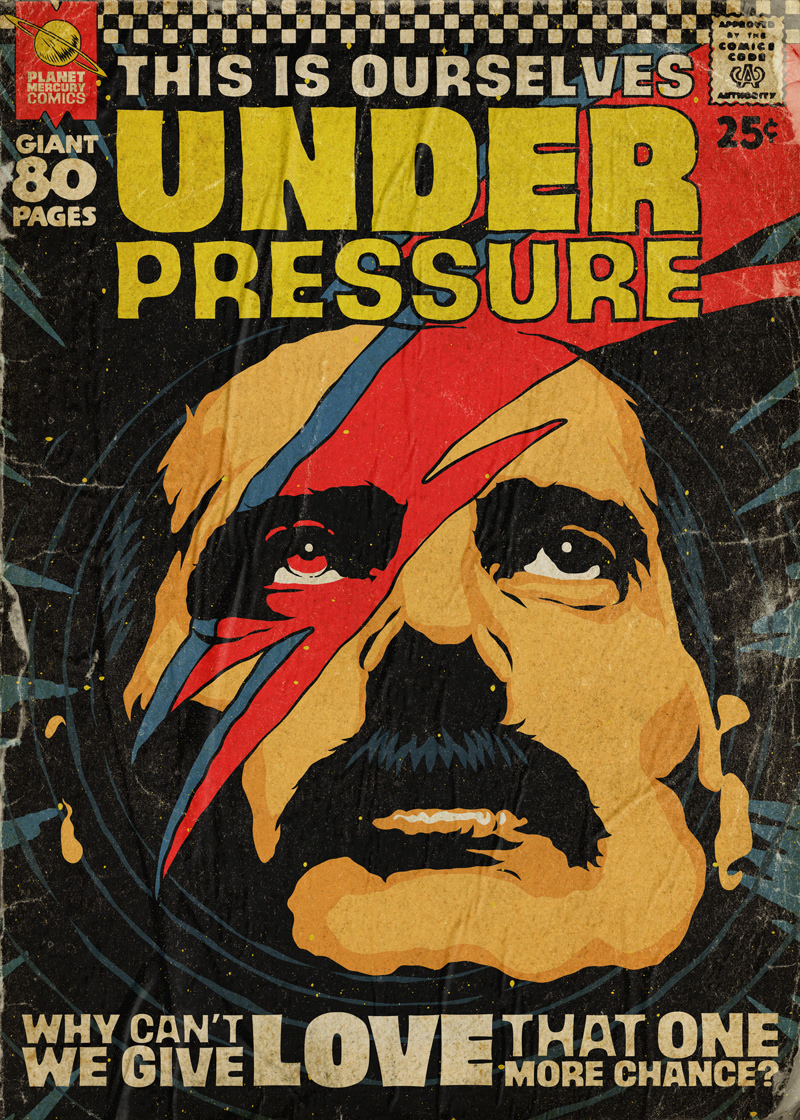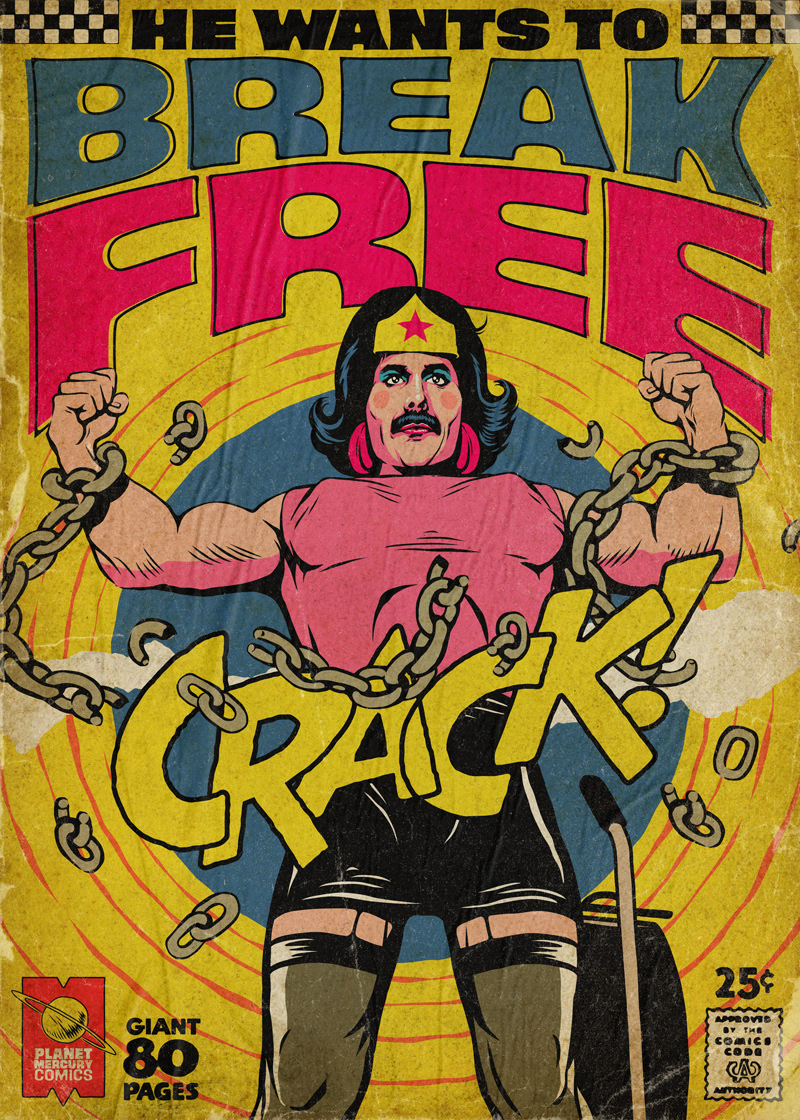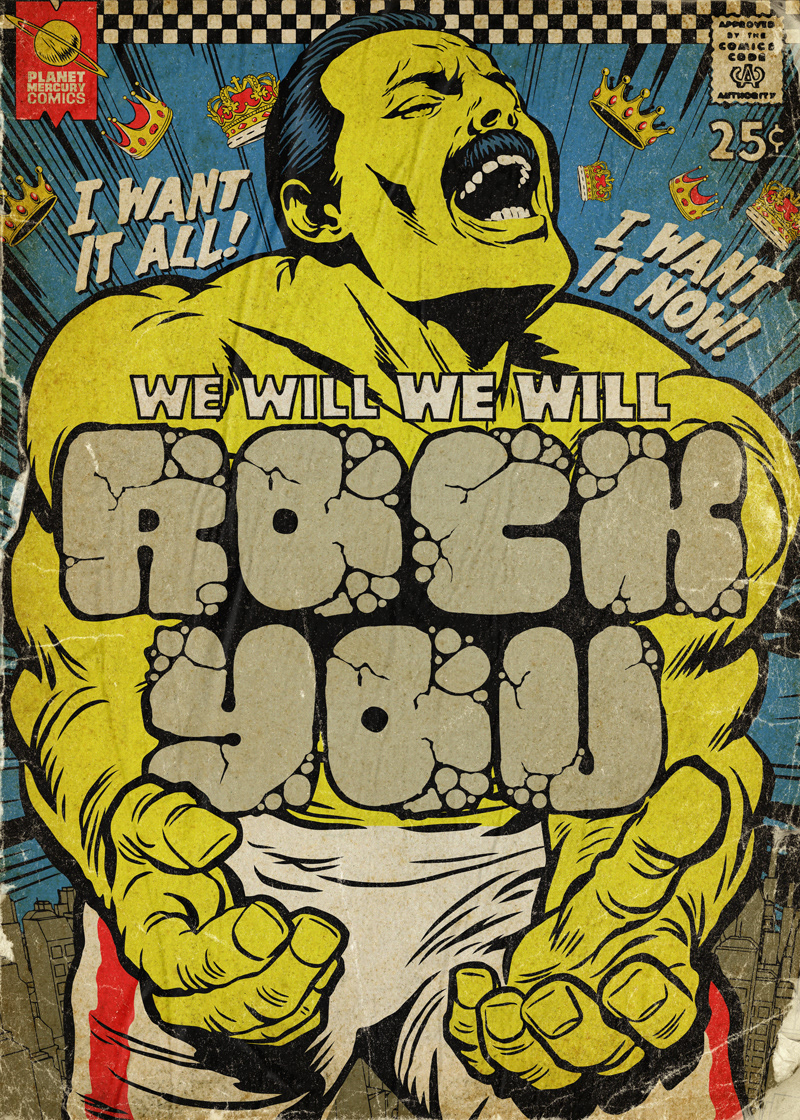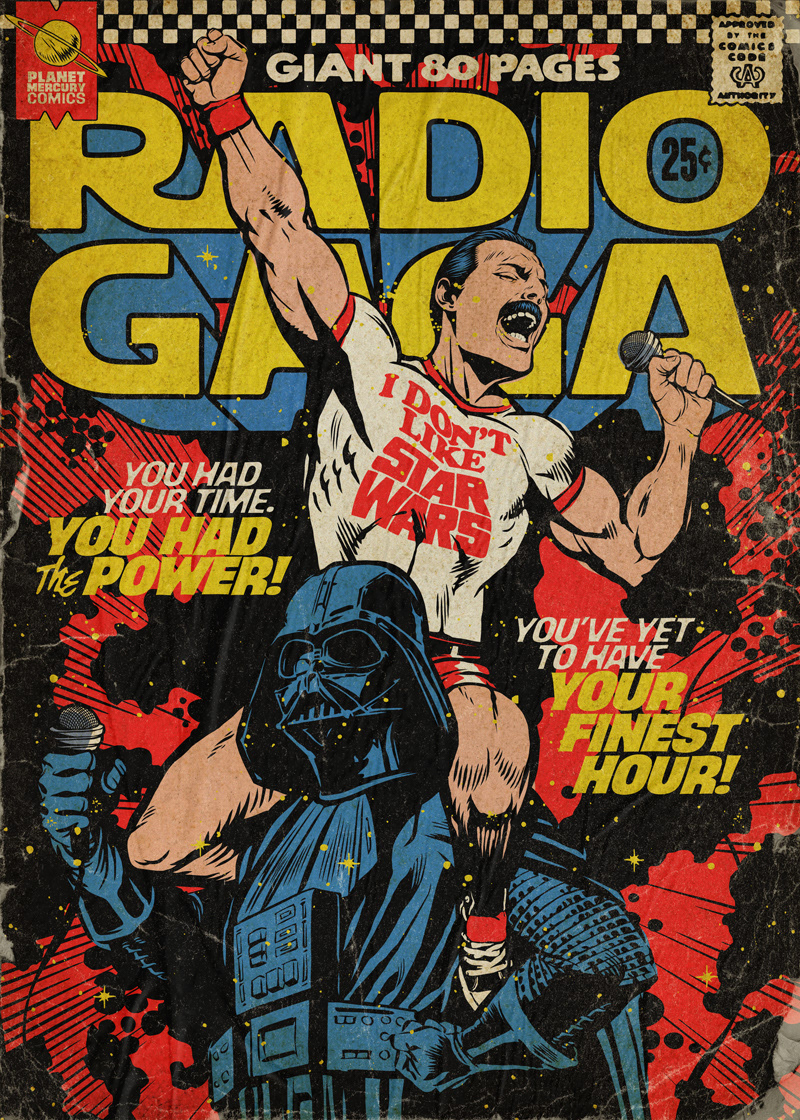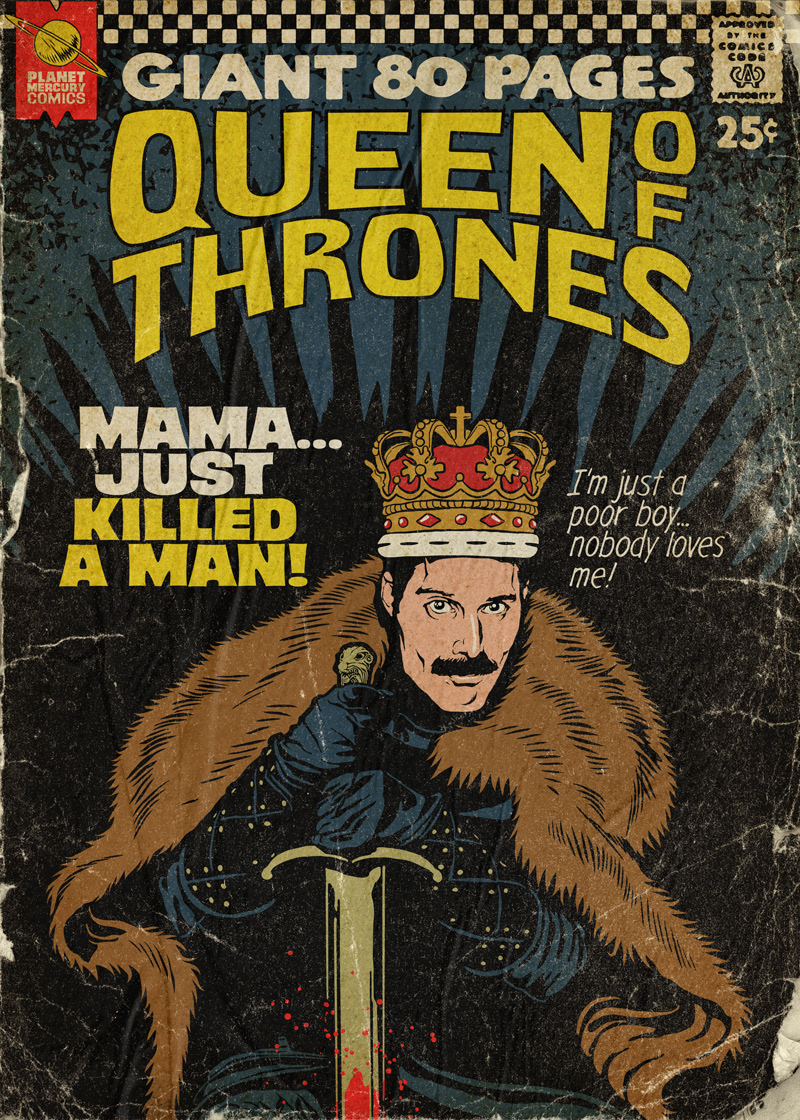Critics describe David Lynch’s most memorable imagery as not just deeply troubling but deeply American. Despite that — or maybe because of it — his films have found enthusiastic audiences all over the world. But does Lynch command quite as fervent a fan base in any country as he does in Japan? Unlikely though the cultural match of creator and viewer may seem, Lynch’s work tends to make big splashes in the Land of the Rising Sun, and Twin Peaks, the groundbreakingly strange television drama Lynch co-created with Mark Frost, made an especially big one. Standing as evidence is the Twin Peaks material made for the Japanese and no one else: the Lynch-directed Twin Peaks Georgia Coffee commercials, for instance, or the Twin Peaks Visual Soundtrack on Laserdisc.
“What must the thirty-five million people who tuned in to the pilot episode of Twin Peaks in April 1990 have thought when they first witnessed the show’s opening credits?” writes musician Claire Nina Norelli in her book on Twin Peaks’ soundtrack. “This haunting music, coupled with images of rural terrain and industrialization, must have belied audiences’ expectations.”
That holds as true for audiences outside America as inside it: Norelli, who first saw the show in her “small, isolated hometown” of Perth, Australia, writes that “what really captured my attention during what would be the first of many forays into the world of Twin Peaks was its soundtrack, composed by Angelo Badalamenti.”
The Twin Peaks Visual Soundtrack, which you can watch on Youtube, takes Badalamenti’s soundtrack (which Norelli credits with “strengthening the visual language” of the show, no mean feat given the innate strength of Lynch’s visions) and accompanies it with footage of the small town of Twin Peaks and its environs — or rather, footage of the locations around Washington state that Lynch and company used to craft the small town of Twin Peaks and its environs. Matt Humphrey of the Twin Peaks Podcast highlights the track “Laura Palmer’s Theme,” whose video “explores the train graveyard where they filmed the exteriors of Laura’s death location. Now, in the series, the interiors of the train were built on sets. In this video you can see the actual interior of the old trains. It’s pretty cool/gross.”
“From what I can tell,” Humphrey writes, “these Visual Soundtrack videos were taken in maybe 1992 by a Japanese film crew.” In some shots, he adds, “you can see the townsfolk staring.” Other shots bear traces of Twin Peaks’ popularity: “The Double R diner is already sporting the ‘Twin Peaks Cherry Pie’ sign, so I think it’s after the series’ run. However the town of North Bend is still in full Twin Peaks promotional mode as you can see some gift shops in the videos selling all sorts of memorabilia.” But Twin Peaks fans will especially enjoy the opening of the Visual Soundtrack, a CGI fly-through of the eponymous town complete with the aforementioned diner (coffee and cherry pie not included in the rendering), the Twin Peaks Sheriff’s Department, and a logging truck. Seeing how it all compares to Lynch’s hand-drawn map from when he first pitched the show to ABC will be left as an exercise for the true fan.
Related Content:
David Lynch’s Twin Peaks Title Sequence, Recreated in an Adorable Paper Animation
Angelo Badalamenti Reveals How He and David Lynch Composed the Twin Peaks‘ “Love Theme”
Experimental Post-Punk Band Xiu Xiu Plays the Music from David Lynch’s Twin Peaks
David Lynch Directs a Mini-Season of Twin Peaks in the Form of Japanese Coffee Commercials
Japanese Movie Posters of 10 David Lynch Films
Based in Seoul, Colin Marshall writes and broadcasts on cities, language, and culture. His projects include the book The Stateless City: a Walk through 21st-Century Los Angeles and the video series The City in Cinema. Follow him on Twitter at @colinmarshall or on Facebook.
